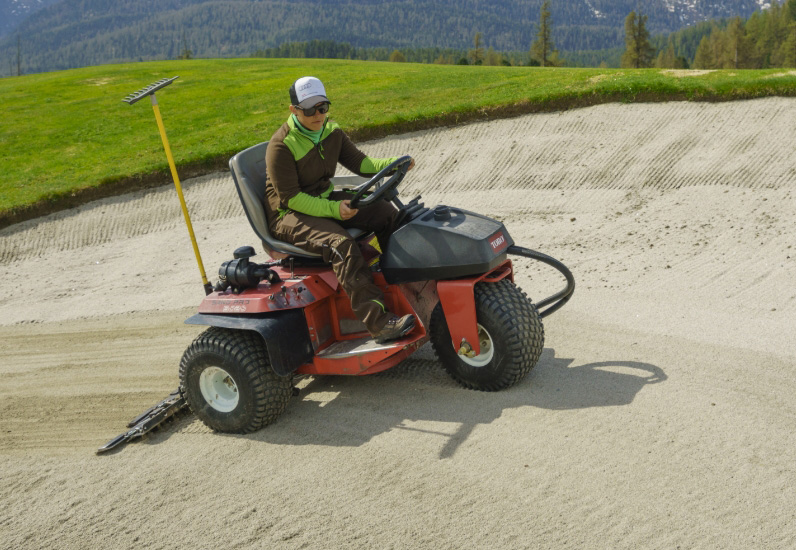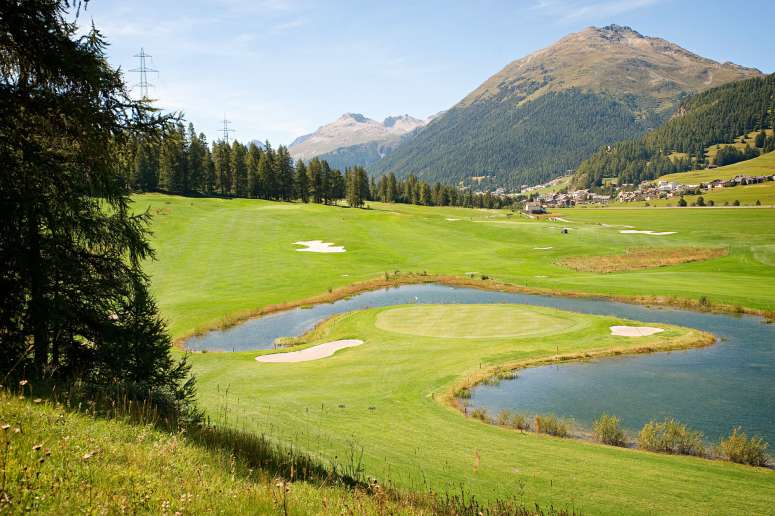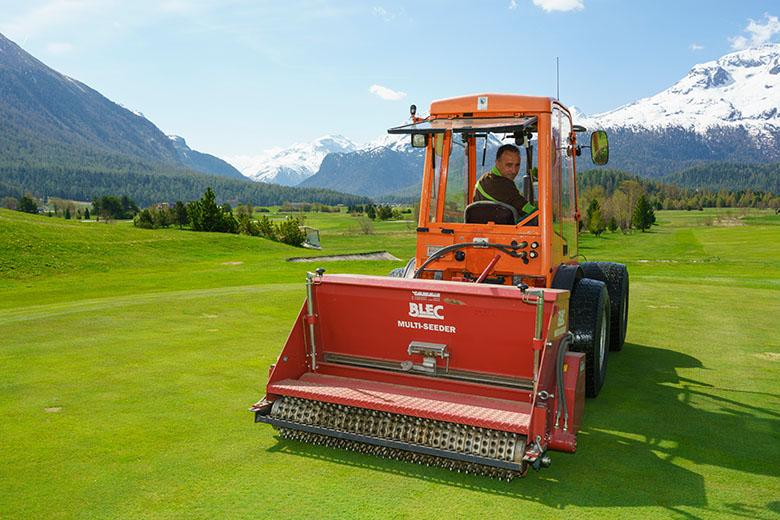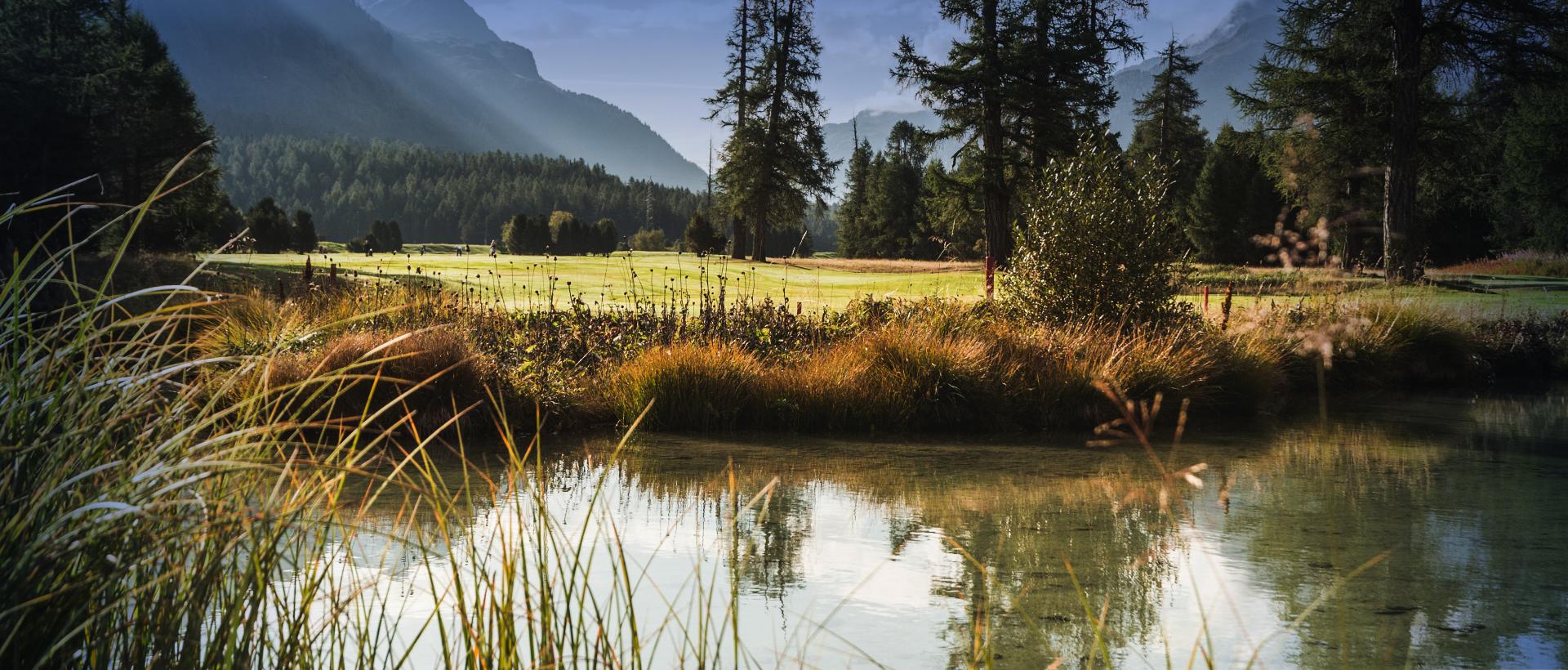If you are interested in the work of our greenkeepers and would like to find out more, please contact our staff!


Whenever maintenance work requires a golf course to be partially closed so that play is restricted, some golfers still shake their heads and show a lack of understanding.
The purpose of the following is to show all golfers just how utterly crucial it is for maintenance to be performed, such as on the greens.
The maintenance work encourages the regeneration of the grass sward. The more wear is caused to the greens and the more unfavourable the weather conditions on a golf course, the more important this becomes. An important prerequisite for a good playability of the greens is to ensure the ground is sufficient permeable to water and air. Overuse leads to compaction, which can only be corrected with mechanical devices. In addition, the greens are subject to the permanent build-up of thatch due to the physiological process of shoot growth.
The resulting thatch layer, which consists of dead grass shoots and roots, leads when wet to soft greens (slow greens) and acts like a sponge that prevents the soil from being evenly moistened.
As a result, the lawn is more susceptible to fungal disease, and instead of growing down into the soil, the roots spread out in a shallow layer close to the surface.
The permeability to water and nutrients is diminished deeper down, and the resilience of the greens is impaired.
Scarifying, aeration, sand dressing – is it all really so necessary???
To prevent the formation of thatch, scarifying cuts through the organic material with rotating blades and then removes it. Since the grass grows most vigorously between May and July, scarifying must be carried out more often during this period.
During aeration, holes are punched in the ground and hollow spikes remove plugs of turf and soil from the ground. These plugs are then removed mechanically or manually. This kind of aeration should be performed 2–3 times a year.
What is also important: If a green is already “sick”, i.e. damage has already occurred, it is often necessary to repeat this process several times over, much to the displeasure of the golfers.
The subsequent sand top dressing process fills the 5–12cm deep holes with sand, not least to allow the greens to be played again as quickly as possible. It is a job that requires meticulous care and much experience.
Such maintenance tasks, known collectively as regeneration measures in greenkeeping, lay the foundation for good, healthy, beautiful greens.


If you’re now wondering why the greenkeepers don’t carry out this kind of work in seasons when nobody wants to play golf anyway, well, that’s very simple: high ground moisture and the compaction of the soil are closely connected, so this approach can actually backfire. In addition, the grasses are put under additional stress by the aeration measures and need to recover before reaching late autumn or winter with their prevalence of diseases.












